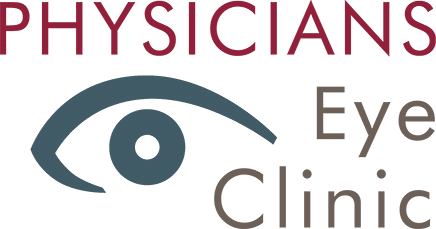
Glaucoma Symptoms and Causes
Did you know glaucoma is a leading cause of vision loss in adults and that it is often referred to as the “silent thief of sight” due to the fact that extensive vision loss can occur before the patient is aware of it?
However, regular eye exams can detect glaucoma before it causes significant vision loss.
Glaucoma is a disease that damages your eye’s optic nerve. It is usually a result of elevated pressure inside your eye. The fibers in your optic nerve (there are millions of them) can die when the pressure increases. The higher the pressure, the more these fibers are under tension and can die. As more and more of these fibers die, vision loss and ultimately blindness can occur.
Some patients have a normal eye pressure and still have glaucoma.
Symptoms of Glaucoma
There are two main types of glaucoma, Open-angle glaucoma and Narrow-angle glaucoma. While both are serious, Narrow-angle glaucoma can become acute Angle-closure glaucoma without warning signs. See below for Angle-closure glaucoma. A regularly scheduled appointment with Physicians Eye Clinic can determine how frequently you should be examined for glaucoma.
Open-angle glaucoma
There are no warning signs or obvious symptoms in the early stages of Open-angle glaucoma, but as the disease progresses, peripheral blind spots develop in vision.
Angle-closure glaucoma
Fluid flows in and out of your eye through the drainage angle. When the drainage angle is blocked, excess fluid cannot flow out of the eye. This causes fluid pressure to increase.
People at risk for Angle-closure glaucoma usually show no symptoms before an attack. However, an eye exam by an opthamologist at Physicians Eye Clinic can detect if you are at risk for Angle-closure glaucoma. If detected, an in-office laser procedure can prevent Angle-closure glaucoma.
Early symptoms of an attack can include blurred vision, halos, mild headaches or eye pain. If you are experiencing these symptoms, schedule a check-up with your ophthalmologist as soon as possible.
An attack of Angle-closure glaucoma includes the following:
- Severe pain in the eye or forehead
- Redness of the eye
- Decreased vision or blurred vision
- Seeing rainbows or halos
- Headache
- Nausea
- Vomiting
- Normal tension glaucoma
